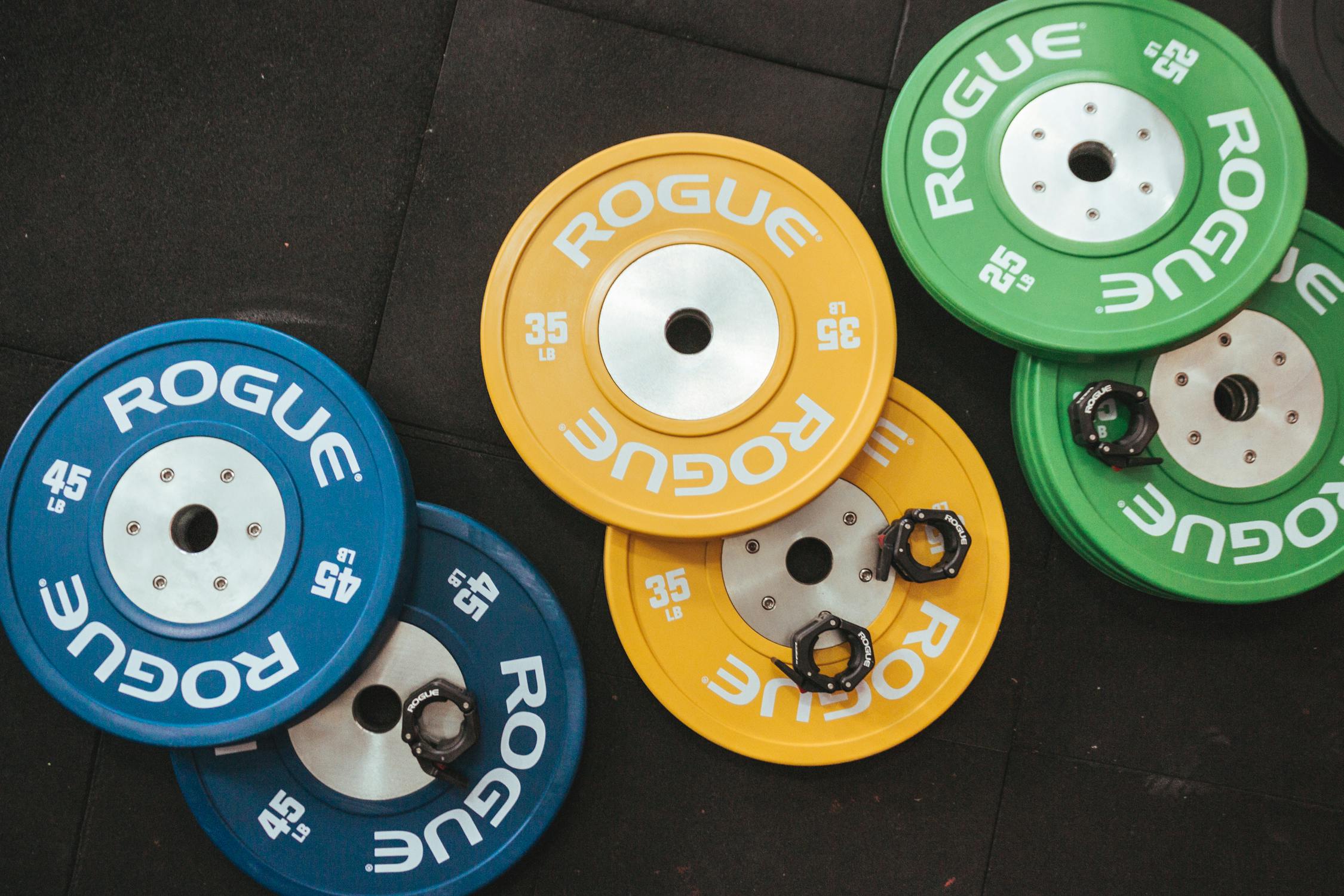
Bulking 101, explained!
Bulking: Tons of food, heavy weights, weight gain
Whenever someone hears the word “bulking” all of the above or a mix of it is usually what’s imagined. While it does hold a fair amount of truth, this isn’t the only way to go about learning to bulk.
“Bulking” is simply a period of time in which you eat more than your body needs and gain weight. It can be fast, it can be slow, or it can be a mixture and that’s the beauty of it, so let’s talk about it.
Lean bulking:
Lean bulking involves a small surplus of roughly 200-300 calories per day to maximize muscle while minimizing fat gain. It’s the go-to option for advanced and intermediate lifters who have already capitalized on their beginner gains and works just as well for beginners.
Pros:
As mentioned above Lean bulking will result in drastically less fat gain than traditional and dirty bulking while building nearly the same total muscle. This will ensure a smoother cut as you will have better nutritional habits and less total fat to lose if you decide to embark on a cut.
Cons:
As the surplus is minimal, the amount of food you can eat will be lower than with the other two options. You’ll still be in a surplus, however it will be minimal, two tbsp worth of peanut butter minimal to put it in context. This means you’ll still closely monitor your intake to ensure you don’t overdo it regularly. If you hate micromanaging or counting calories and are okay with extra fat gain, then a lean bulk probably isn’t for you, but it never hurts to try!
Traditional bulking:
A traditional bulk is the middle ground option, a compromise of sorts. It involves a 500-700 calorie surplus, subject to individual variation. It’s the ideal range to achieve the “bear mode” physique when paired with proper training.
Pros:
Increased flexibility in your diet as your surplus is greater than in a lean bulk, allowing for additional “junk” food and “cheat meals” without too much stress. You can typically be a lot looser when managing your calorie intake since as long as you stay close to your prescribed intake and continue training hard, you’re set for an amazing gaining phase.
Cons:
Increased fat gain is all but certain if you’re an intermediate or advanced lifter. A beginner can get away with less fat gain and more muscle, however it’s still a risk. A losing phase afterward would be more difficult with increased fat to dispose of, and a harder transition if your diet is less than optimal with lots of junk food. As a result, the traditional bulk works best for those who are comfortable gaining a bit more weight or handling the extra gain and harder cutting phase afterward.
Dirty bulking:
Dirty bulking otherwise known as the “dreamer bulk” involves consuming whatever you desire in the pursuit of weight gain, regardless of what that weight is composed of. Usually, that means ALOT of junk food and a surplus of 1000 or more Cals per day
Pros:
If you’re VERY lean AND in a good mental state, then a temporary dirty bulk to relieve the burden of dieting and restriction can be beneficial for your mental state. Even if you’re not too lean, it’s still fun and mentally relieving, at least for a while. There is no need to count macros and calories unless you want to or control what you eat, just eating what you would like and training.
Cons:
This WILL result in weight gain for 99% of people, usually a ton of it too. The majority of it will be fat as the body can only build muscle at a certain rate and extra food does help. However, the fat-to-muscle ratio drastically skews toward fat. It will also likely result in a MUCH harder transition towards a losing phase, ESPECIALLY if you go overboard and gain a ton of weight.
Conclusion:
Bulking is simply the process of gaining weight, usually to build muscle. This can be done in one of three ways, A lean, traditional, or dirty bulk.
A lean bulk involves a small surplus (200-300 Cals), resulting in near-to-maximal muscle gain while minimizing fat gain.
A traditional bulk is a medium surplus (500-700 Cals) and you can be a little more relaxed when you’re controlling your food sources and intake, although this will result in additional fat gain compared to a lean bulk.
A dirty/dreamer bulk is a huge surplus (1000 or more Cals) in which you consume whatever you want. Unless you’re in a good mental space and can handle the fat gain that will inevitably come with it, this is not the recommended course of action.
This is simply an explanation of your options, and it’s ultimately up to you which (if any) of these paths you decide to take.
If you need more help or advice, feel free to contact me, I’m always happy to help!
Wish you the best my friend (:
Author: Javier Andana



